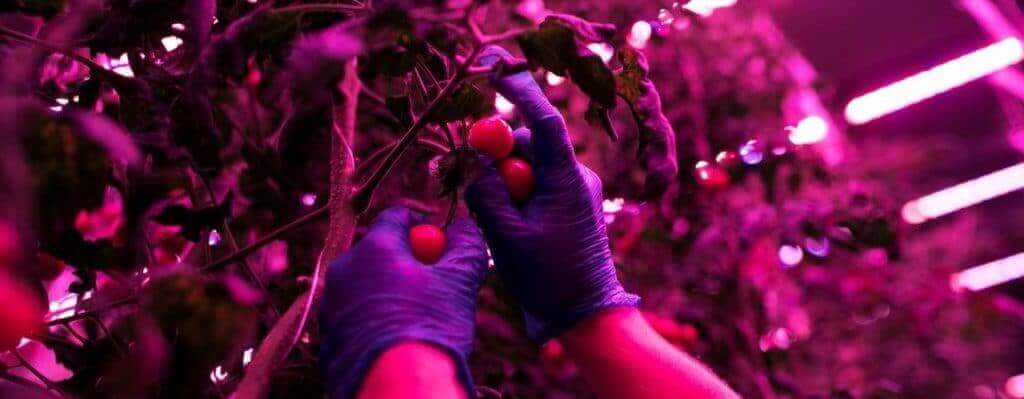If you have ever read any of our articles about lighting efficiency you will be well aware that we have consistently recommended LED lights as opposed to HID. Despite the increased initial cost the operating savings due to lower electricity consumption and less heat, meaning reduced ventilation are obvious. An advantage that will continue to be of benefit as energy costs intensify.
That’s all well and good for home growers, who possibly only need one light, but for commercial growers who may well need a hundred or more, the investment is a substantial one.
Commercial growers are much more likely to favor indoor growing to outdoors. Indoor-grown cannabis commands a higher price than crops grown outdoors, mainly because of the quality control that is available when all the growing conditions are under complete control. Something not possible when subject to variable weather conditions outside.
Commercial growers have tended to favor high-intensity discharge (HID) lights. Partially because of their lower costs but also because growers felt that LED technology hadn’t caught up in terms of its ability to produce larger yields. However, improvements to LEDs have led to growers reporting competitive results. Some growers have been experimenting with growing part of their crop using new LEDs with the rest still under HID or high-pressure sodium lights. They are then able to compare potency, terpene content, and overall yield. Results seem to confirm that modern LEDs produce equivalent results with major running cost savings.
Cannabis growers are also not exempt from pressure from environmentalists. As the debate on global warming intensifies commercial growers will come under greater pressure to reduce their carbon footprint. That will involve reducing electricity consumption and possibly the use of CO2. When you grow cannabis, you can raise the amount of carbon dioxide in the air to nearly 1500 PPM and your weed will flourish. You’ll have up to 30% more buds at harvest time if you add CO2 to the air. As new licenses become available it may not be long before emission levels become part of the conditions attached forcing new growers to comply with environmentally acceptable emission levels.
The biggest hurdle to getting more buy-in on LEDs is cost.
It is estimated that LEDs can cost from 20% to 150% more than HPS lights, depending on the company they are purchased from. Prices had begun to fall as sales to individual and small growers had increased and as new manufacturers entered the market. However, LEDs use chips and most units are manufactured in the far East. The current shortage of chips and the increased cost of transport has resulted in prices, at least in the short term, rising. Shopping around, particularly for large quantities, can result in discounts and more competitive pricing particularly if orders can be placed in advance of the date of requirement.
420Beginner has long-established contacts with several major manufacturers and can help negotiate prices so please get in touch if you need assistance.
But this is not the only means to minimize expenditure. Cannabis companies should seek out rebates from local energy companies. Many new businesses may not realize that the energy companies are on their side with this
Marijuana companies using LEDs can submit invoices to energy providers and receive rebates for the purchase price. This can apply whether the grower is switching from an alternative form of lighting or a new installation where rebates will be calculated based on the different energy usage from LEDs as against installing HIDs or HPS lights.
However, as with most grants or similar applications managing the rebate process can be challenging.
Each state has unique project applications, timelines, and criteria and requires substantial documentation, measurement, and verification so it is really necessary to plan and apply well in advance to ensure getting the maximum benefit. It is also necessary to realize that a rebate, once approved, will not be forthcoming until after the new lighting has been installed and is working, so the initial capital expenditure will require funding in advance. What is needed here is careful consideration of short-term funding that can then be repaid without penalty once the rebate is received.
You can get some good advice about how to avoid common mistakes when seeking out LED rebates from this guide.
The bottom line is that LEDs are the way forward so planning, sourcing funding, and exploring refunds should be at the forefront of your future business plan. This applies whether you are already a grower using alternative lighting or an applicant for a license or a newly awarded licensee planning your new installation.
If you need help you can contact us here for more information.








